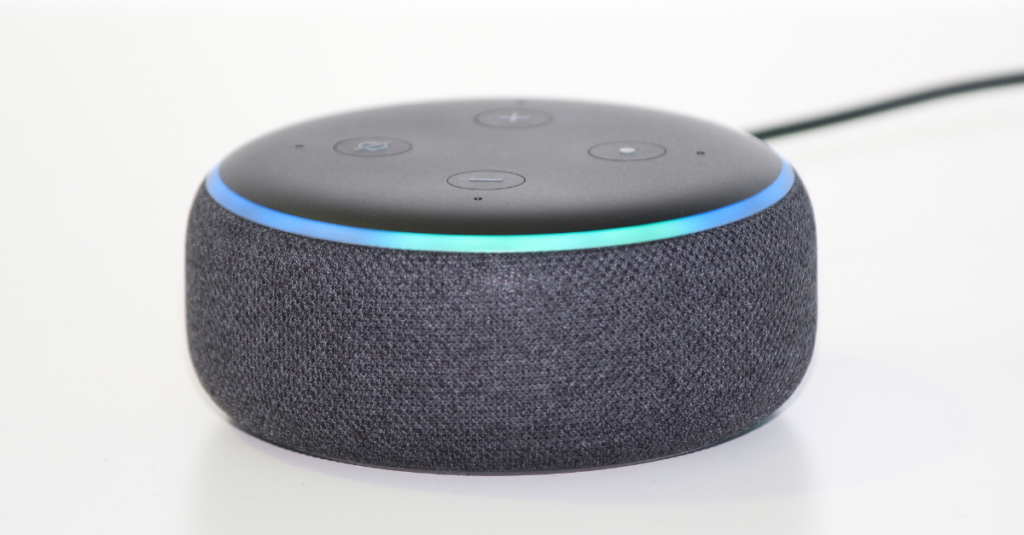How To Clean Your Razor After Shaving
Introduction
Maintaining a clean razor is not only crucial for hygiene but also pivotal in ensuring a smooth and irritation-free shaving experience. A properly cleaned razor not only extends its lifespan but also guarantees a sharper and more effective shave. Neglecting to clean your razor can lead to the accumulation of bacteria, soap scum, and hair residue, potentially causing skin irritation and diminishing the razor’s cutting performance. In this guide, we will explore the essential steps to clean your razor after shaving, providing you with practical tips to preserve its longevity and optimize its effectiveness.
How To Clean Your Razor After Shaving: A Comprehensive Guide

1. Rinse Thoroughly After Each Use
The first and perhaps most fundamental step in maintaining a clean razor is to rinse it thoroughly after each use. This simple yet effective practice helps remove hair, shaving cream, and other debris that may have accumulated during the shaving process. Hold the razor under a stream of warm water and ensure that all remnants are washed away. Pay close attention to the blade and any crevices where residue may hide. This quick post-shave rinse is essential in preventing the buildup of bacteria and keeping your razor in top condition.
2. Use a Soft Brush for Deeper Cleaning
While rinsing is vital for immediate cleanliness, a deeper cleaning with a soft brush is recommended to ensure that all debris is removed. Gently brush the razor head and blades with a soft toothbrush or a specialized razor cleaning brush. This helps to dislodge any stubborn particles that may be clinging to the blades or hiding in hard-to-reach areas. Be thorough but gentle to avoid damaging the razor. This step is particularly important for those using multi-blade razors, where debris can easily become trapped between the blades.
3. Soak the Razor in Warm, Soapy Water
For a more intensive clean, consider soaking your razor in warm, soapy water. This helps to break down oils, soap scum, and other substances that may be clinging to the razor. Fill a bowl or sink with warm water and add a small amount of mild, antibacterial soap. Let the razor soak for a few minutes, allowing the soap to penetrate and loosen any stubborn residues. This step is especially beneficial for safety razors or razors with intricate designs that may be harder to clean with a brush alone.
4. Disassemble the Razor for Thorough Cleaning
If your razor has removable parts, such as the blade or trimmer attachments, consider disassembling it for a more thorough cleaning. This allows you to reach every nook and cranny, ensuring that there is no residue left behind. Carefully follow the manufacturer’s instructions for disassembly and reassembly to avoid damaging the razor. Once disassembled, clean each part individually, paying special attention to the blade and any areas where hair and debris tend to accumulate.
5. Sterilize Your Razor Periodically
To maintain optimal hygiene, it’s advisable to sterilize your razor periodically. Bacteria can thrive in damp environments, and a razor, even when cleaned regularly, may still harbor germs. Sterilization can be done using rubbing alcohol or hydrogen peroxide. Dip the razor head in the solution for a few minutes, ensuring that all parts are thoroughly covered. This not only kills any remaining bacteria but also helps to break down stubborn residues. Allow the razor to air-dry completely before reassembling and storing it.
6. Dry Your Razor Properly
Proper drying is essential to prevent the growth of bacteria and maintain the razor’s performance. After cleaning, shake off any excess water and pat the razor dry with a clean, dry towel. If the razor has removable parts, ensure they are completely dry before reassembling. Avoid leaving your razor in a damp or humid environment, as this can promote bacterial growth. Consider using a razor stand to allow proper air circulation and drying between uses.
7. Replace Blades Regularly
No matter how well you clean your razor, the blades will eventually wear out. Dull blades can cause irritation and nicks, so it’s essential to replace them regularly. The frequency of blade replacement depends on factors such as the coarseness of your hair and how often you shave. As a general rule, replace the blades every 5-10 shaves or sooner if you notice a decline in shaving performance. Keeping a stock of replacement blades ensures that you always have a sharp edge for a smooth and effective shave.
Conclusion

My name is Rohit Vagh and I’m a content writer specializing in fashion and lifestyle. I have three years of experience in this field and have written various articles. My writing style is creative and engaging, and I strive to create content that resonates with my readers. I have a deep passion for fashion and am constantly researching the latest trends and styles to make sure my readers are up to date. I’m excited to continue my career in blogging, and I’m always looking for new opportunities in the fashion and lifestyle space.





